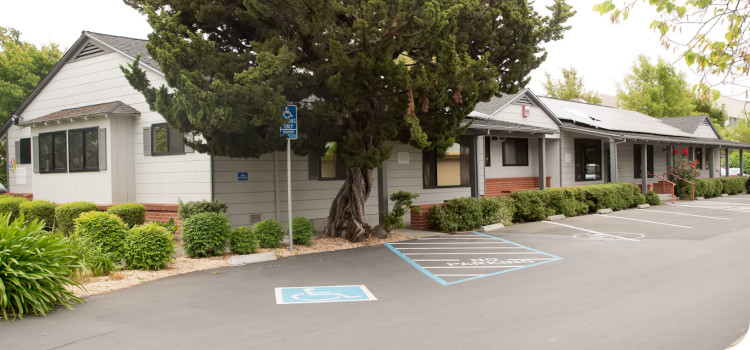 For most adults who experience tooth loss, it’s often the result of an underlying concern with the health and integrity of their oral tissues and structures. For example, a chronic case of gum disease (or periodontal disease) can lead to enough damage to your gums and dental ridge that tooth loss becomes inevitable. Or, a tooth might be damaged or decayed and grow progressively worse over time, until the tooth is lost or can no longer be saved. While not every case of tooth loss is the result of a preventable cause, many of them are. This means you have a good chance of identifying the conditions that could raise your risks of it, and improve your chances of preventing tooth loss from occurring.
For most adults who experience tooth loss, it’s often the result of an underlying concern with the health and integrity of their oral tissues and structures. For example, a chronic case of gum disease (or periodontal disease) can lead to enough damage to your gums and dental ridge that tooth loss becomes inevitable. Or, a tooth might be damaged or decayed and grow progressively worse over time, until the tooth is lost or can no longer be saved. While not every case of tooth loss is the result of a preventable cause, many of them are. This means you have a good chance of identifying the conditions that could raise your risks of it, and improve your chances of preventing tooth loss from occurring.
The presence of periodontal disease
Periodontal disease is the most frequent cause for adults to lose teeth, though it doesn’t always become so severe for everyone who develops it. Also known as gum disease, the condition develops in the gum tissues that surround and protect your teeth roots. When oral bacteria gather excessively on your gum line and underneath the tissues, they can infect the gums and lead to the progression of gum disease. The early symptoms of this can be easily detected if you’re diligent about keeping up with good hygiene and preventive care. For example, you may notice your gums becoming red or inflamed in certain areas when you brush and floss your teeth in front of the mirror.
A malformation in your oral structures
Chronic oral health diseases, like periodontal disease, can be a significant factor in your risks of tooth loss. However, some people may be at risk because of conditions that don’t immediately impact their teeth or periodontal tissues. For example, if your jawbone is malformed, asymmetrical, or otherwise compromised, then this can lead to a number of different ongoing oral health concerns. Your teeth may not be aligned properly because of the malformation, and your jaw may not work as comfortably and efficiently as it should. This can make it more likely that one or more teeth will develop decay, experience extensive wear or damage, or be compromised in a way that leads to its loss or extraction.
Loss of mass and density in your jawbone
One of the aspects of periodontal disease that make it such a significant tooth loss risk is the destruction that it can cause to the jawbone structure underneath the tissues. For some people, this structure can be compromised even without the presence of periodontal diseases. For instance, if you’ve already experienced tooth loss, then the loss of the tooth’s root can lead to diminished stimulation in the part of the jawbone that supported it. If this space remains empty, your jawbone can lose mass and density over time, and your risks of losing more teeth for lack of support will become increasingly higher.
Learn how to lower your risks of tooth loss
Tooth loss can be the result of many different potential factors, and controlling your risks of it could mean addressing one or more underlying oral health concerns as soon as possible. To learn more, or to schedule a consultation, call Santa Rosa Oral Surgery in Santa Rosa, CA, today at 707-545-4625.

